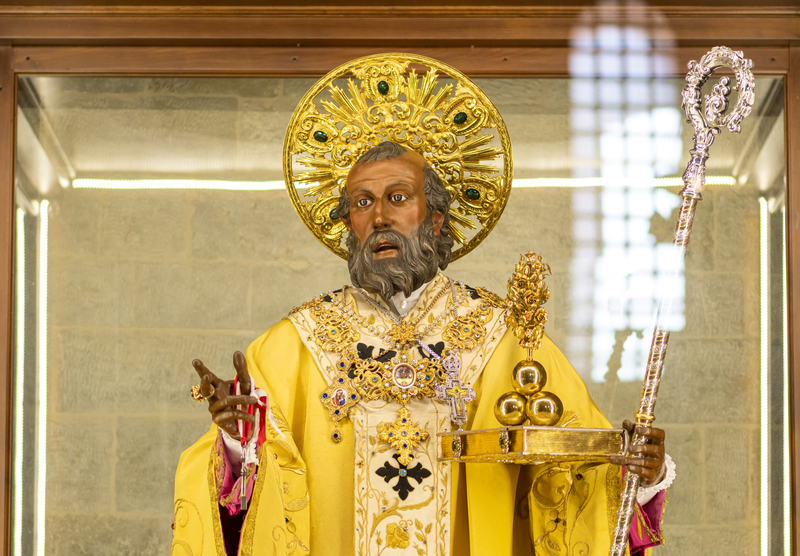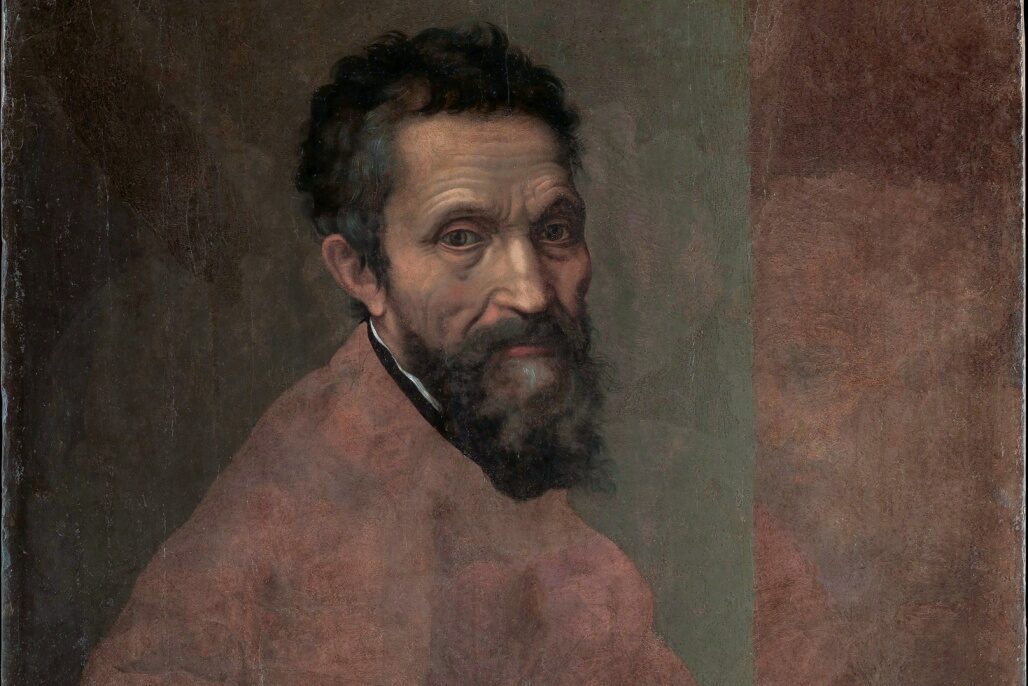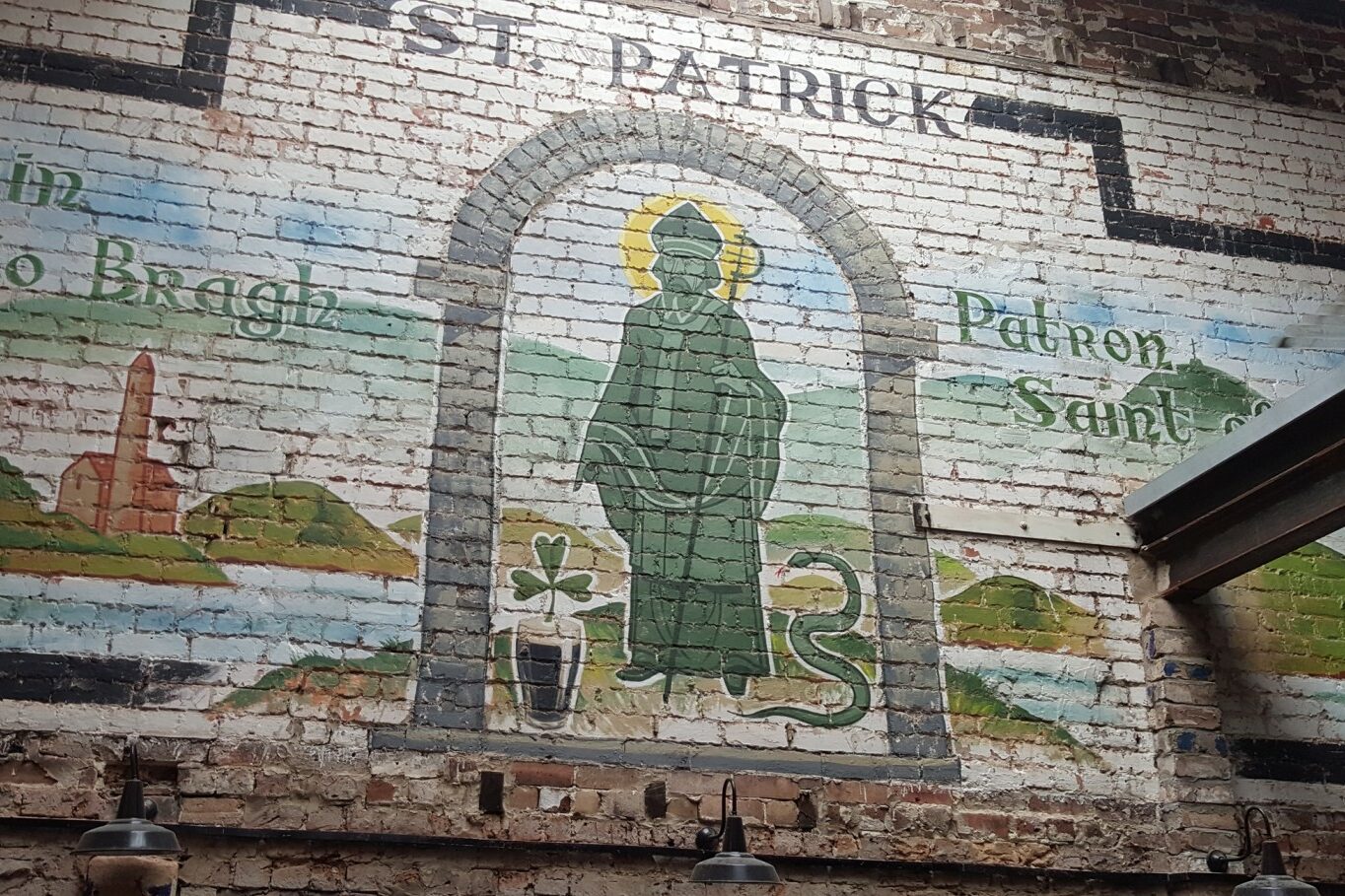Dear Readers,
December has many Italian Connections. Following are a few December Birthday:
Gianni Versace: 12-2-1946
Frank Sinatra: 12-12-1915
Louis Prima: 12-7-1910
Carlo Ponti: 12-11-1913
Fiorello La Guardia: 12-1882
***
Giacomo Puccini, born on the 22nd of December 1858, is regarded as one of the pre-eminent composers of Italian opera. He is noted for his masterful orchestration, lyric style, and his sometimes sentimental effects, as in Manon Lescaut (1893), which transformed him into a worldwide star overnight. Following this initial success, he produced three of his most popular operas: La Bohème (1896), Tosca (1900) and Madama Butterfly (1904). Giuseppe Verdi regarded Puccini, who was born in Lucca, Tuscany, as the most talented composer of his time, who rivaled his own popularity.
***
Roman Catholics in England from 1558 to 1829 were not allowed to practice their faith openly. It is said that The Twelve Days of Christmas was written as a kind of secret catechism that could be sung in public without risk of prosecution, but had a hidden meaning, known only to members of the Roman Catholic Church:
The partridge in a pear tree is Jesus Christ
The two turtledoves are the Old and the New Testament
Three French hens stand for Faith, Hope and Love
The four calling birds are the Four Gospels
The five gold rings recall the Torah, the first five books of the Old Testament
The six geese a-laying stands for the six days of creation
Seven swans a-swimming represent the sevenfold gifts of the Spirit
The eight maids a-milking are the eight Beatitudes
Nine ladies dancing: these are the nine fruits of the Spirit
The ten lords a-leaping are the Ten Commandments
Eleven pipers piping stand for the eleven faithful disciples
The twelve drummers drumming symbolize the twelve points of belief in the Apostle Creed.
***
Christmas presents or gift giving was seen by Christians as a symbolic homage to the Three Wise Men’s tributes to the Baby Jesus. In the New Testament, the Magi, are described as honoring the newborn savior with valuable gifts of gold, frankincense and myrrh. But gift giving this time of year dates to an even older tradition. Pagans in Europe and the Middle East gave presents at several winter festivals, including Saturnalia, a raucous festival in honor of Saturn, god of agriculture, which began on December 17th. During the weeklong holiday in the cold, dark dead of winter, pagans would lift their spirits by drinking to excess and giving one another gifts such as pottery figurines, edible treats like fruits and nuts, and festive candles. Revelers greeted one another with a joyful Io Saturnalia, the ancient Roman equivalent of “Merry Christmas!”
***
Saint Nicholas of Bari was a 4th-century bishop who lived in Asia Minor. It is believed that he was imprisoned and tortured for his faith by the Roman Emperor Diocletian before being released by Constantine the Great. Saint Nicholas’ kindness and generosity were what came to define him. He was believed to have kindness so deep and great that he could perform miracles. In one legend, Saint Nicholas heard of a poor man with three daughters. During those times, a young woman needed a dowry to increase her chances of marrying; without a dowry, she was unlikely to marry and could even be sold into slavery. Mysteriously, three balls of gold were tossed into their home and landed in socks that were laid out to dry. The gold provided the three daughters with the dowries they needed to marry.
***
Santa Claus underwent many transformations over the centuries. The jolly rotund gent started out as Saint Nicholas of Myra (or of Bari), a real-life 4th-century Byzantine monk who handed out bags of money to the poor. Saint Nicholas was introduced to the US in the early 1800s, and quickly mutated into a “right jolly old elf” thanks to the 1823 poem A visit from St. Nicholas, commonly known as ‘Twas the night before Christmas. By 1890, children could meet live Santas at department stores – the new name having been taken from the Dutch version of Saint Nicholas, Sinterklaas. In the 1930s, Santa’s bearded face was strewn over advertisements for Coca-Cola, solidifying his status as Yuletide’s main man. These days, Santa is undergoing a new, politically correct transformation: worried that his obesity sets the wrong impression, some greeting card companies have started to feature a leaner, healthier Santa on their Christmas cards.
***
Wishing my dear readers Buon Natale e Buon Anno Nuovo!
































